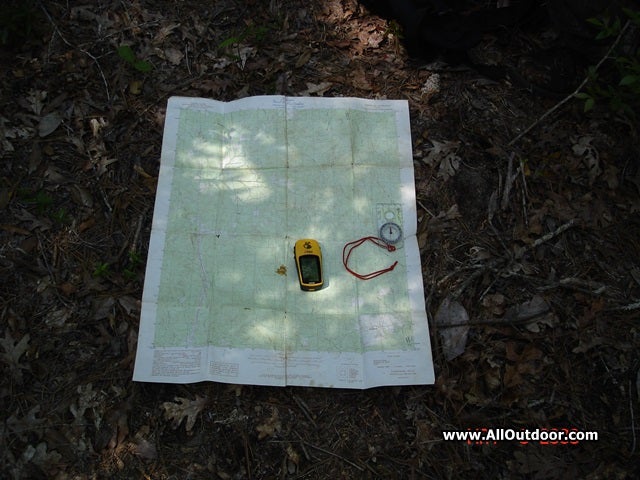The Importance of Magnetic Declination
Kevin Felts 02.16.18

Simply put, magnetic declination is the difference between true north and magnetic north. However, the amount of magnetic declination changes depending on where someone is on the face of the earth. Magnetic north also moves every year.
In the article, how to find a bearing using a topo map, an example was given of aligning the compass with the grid lines on the topo map, and then aligning the map north. The proper name for the line was longitudinal (Longitude) lines.
Longitude lines point true north and true south.
A compass points to magnetic north. Some compasses can be adjusted for magnetic declination.
The difference could be a couple of hundred miles.
We have reached a point where no matter what is said, it will be debatable. Keep in mind, what is posted next is my opinion. There is also a reason for my opinion.
Is magnetic declination important?
Yes and no.
NOAA has a web page setup that will give you the magnetic declination for your area.
The magnetic declination for my location here in southeast Texas is one and a half degrees.
There are places on the face of the earth that may be 10 or 20 degrees off.
Hiking through woods, around hills, through creeks, through underbrush, it is pretty much impossible to hold an exact course. An example could be coming up to a creek with a vertical bank, and having to walk a little ways to find a safe crossing spot.
We know factors are at play which will force us to get off course. This is why we check our bearings when we stop for a rest break. Stop for a rest break, rehydrate, get the topo map out, find your location, affirm location with GPS, then adjust the compass for changes in course.
Here is an equation to help estimate how far off the target someone will be if their compass is off. The equation was designed for circles, but is close enough to use for land navigation.
Let’s say you are one mile from the destination, and your compass is one degree off. How far off the destination will you be?
We are going to treat the hiker as he (or she) is the center of a circle that has a one mile radius. So that is two miles in diameter.
- 2 miles in diameter X 5,280 feet in a mile = 10,560 feet in diameter.
- Multiple 10,560 feet by pi, 3.14. If the reader has to do this on a piece of paper, or in the dirt or sand, just multiple by 3.
- This gives the two mile circle a circumference of 33,158.4 feet. Now divide that by 360, as in 360 degrees in a circle.
- Each degree on the circle is 92 feet.
If someone is able to walk an exactly straight line, and hold true to their compass for the mile, they will be around 92 feet off their target. Is 92 feet a lot? Well, how big is the target? Are you aiming for the parking lot of a national park? Or maybe a camping site on a river?
However, if someone is in an area where the magnetic declination is 10 degrees, using the above one mile example, the person would be around 920 feet off their target.
Back to the question, is magnetic declination important? My answer is, “Mostly yes. Magnetic declination can be very important.”
What are you doing, how far are you going, and how far off is the magnetic declination in your area?